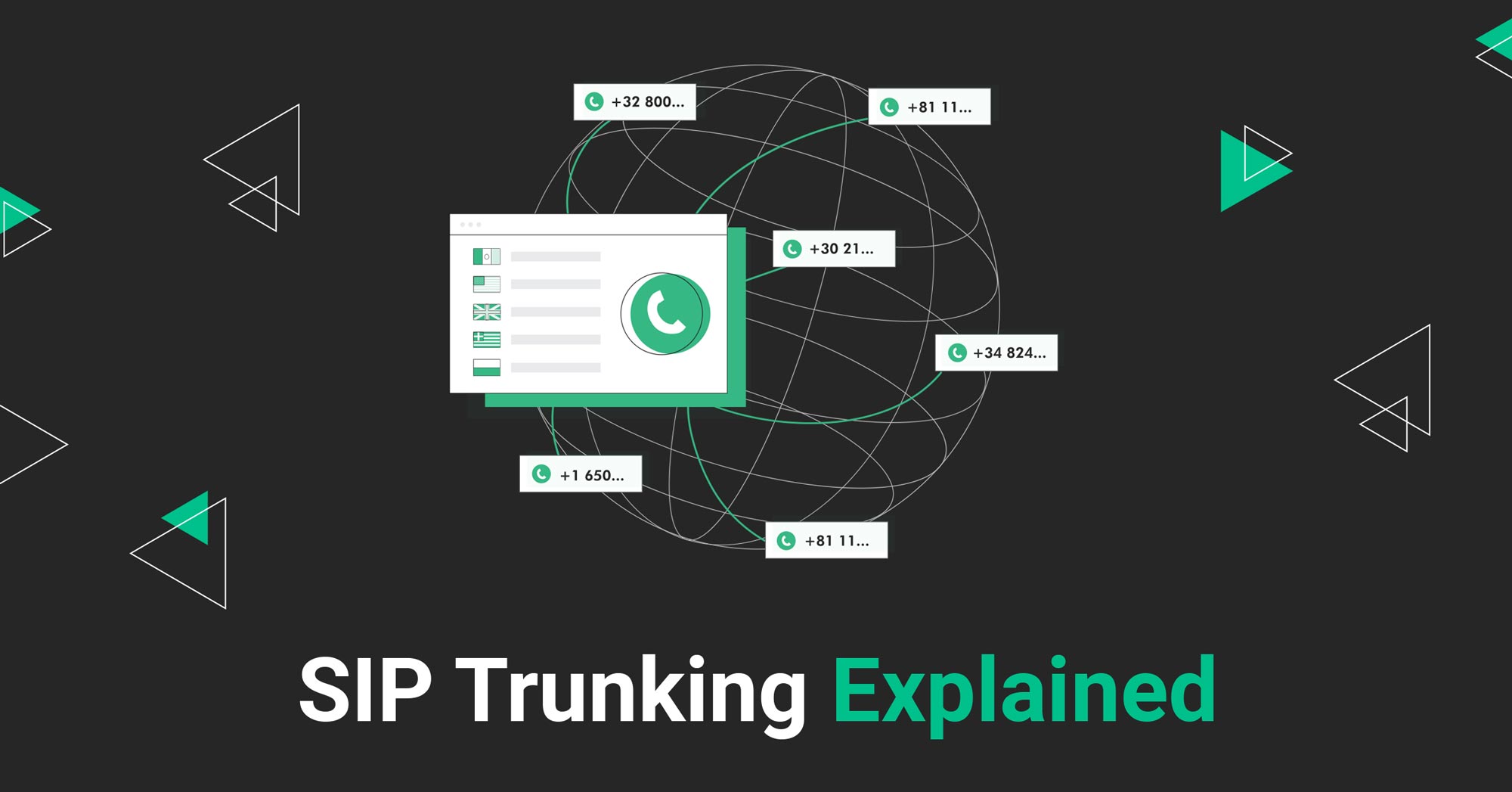

They may only show for one week, so it may be necessary to pull over several weeks.īased on that information you can determine an average daily use, which will be the baseline for the number of SIP trunks you need. Some will show you more granular reports, perhaps showing by hour of the day. Most PBXs will at least have an ATB or All Trunks Busy report, a Trunk Utilization report, something that will show the busiest period of the week. Your PBX contains data that will help you do that with several built in reports that indicate how often your trunks are completely busy and, if so, for how long. The first thing, in determining your SIP trunk requirements is to gauge your current trunk usage. Indicating how many trunks in the group, whether incoming, outgoing or two-way, the busiest hour (1200 meaning noon in the 24-hour clock), total usage in CCS (see the note on CCS at the bottom of the page) and several other measurements. The first one is showing a report by trunk group. I show a two sample reports from a larger PBX. They will offer many different reports to show the health of the system, including things like Attendant Console use, usage by trunk and trunk group, trunks out of use for maintenance and more. Some may be for inbound only, such as DID trunks and so on.

You will likely have more trunk groups, a way of bundling several trunks or circuits for a specific purpose or department. Some will also have graphical reports but will also provide a lot more detail. Larger PBXsįor larger organizations with larger PBXs it will be a little more complex. The one below is a sample from a smaller PBX. Smaller PBXs will generally have a simpler setup, less trunk groups and while they may not have as many reports, tend to have graphical reports. With smaller organizations you will likely have a higher ratio of trunks to users. See the notes below for more on Erlang B and Traffic Theory. While there is a more scientific method using something called an Erlang B traffic model, I would seriously doubt anyone used that to determine your trunk needs originally. The second is to look at your PBX trunk usage reports and make a determination based on the data contained in the reports. The more users, the greater the ability to push the ratio higher. If you had a small system with, say, 2 users, chances are you will need 2 trunks. Often this is stated as 1 in 4 or 1 in 5, meaning that for every 4 or every 5 users you would need a trunk. The first is to use a rule of thumb or ratio of trunks to users, on the basis that your users will be making or receiving an average number of calls. Your existing trunk quantity would often be calculated in of two ways. The Telco isn’t going to advise you that you are paying too much and will make it as difficult as possible to get out of your contract, with many auto-renewing contracts as much as 90 days before expiry. Few customers go back or at least go back frequently and review their trunk needs. What’s more, the only time anyone really thought about this was when installing a new system. When you calculate your trunk circuit use over a month, you are paying for circuits that may only be used for 5% of the month and leave your over-provisioned by 50% or more for 95% of the month. The Cost of No Busy with Traditional Trunks To account for this, most organizations over-provisioned their trunk circuits and to handle the busiest time of the week to prevent callers getting busy dialing into or out of the system. It takes at least 6 weeks to provision these ‘circuits’ from the Telco, so there was no chance of quickly adding or deleting circuits as and when needed. Traditional trunks are way over provisionedīefore SIP Trunks your only option was to connect physical digital or analogue lines or trunks from a Telco or ILEC to make or receive calls into and out of your PBX. Let’s look at how you can calculate your SIP trunk requirements. This lets you pay for a smaller number of trunks and then pay a small incremental cost to burst up for those busy periods. After all, one of their main advantages is capacity on demand. If you are starting to look at changing over to SIP Trunks to cut your costs, the most important factor will be the number of SIP Trunks you need.


 0 kommentar(er)
0 kommentar(er)
